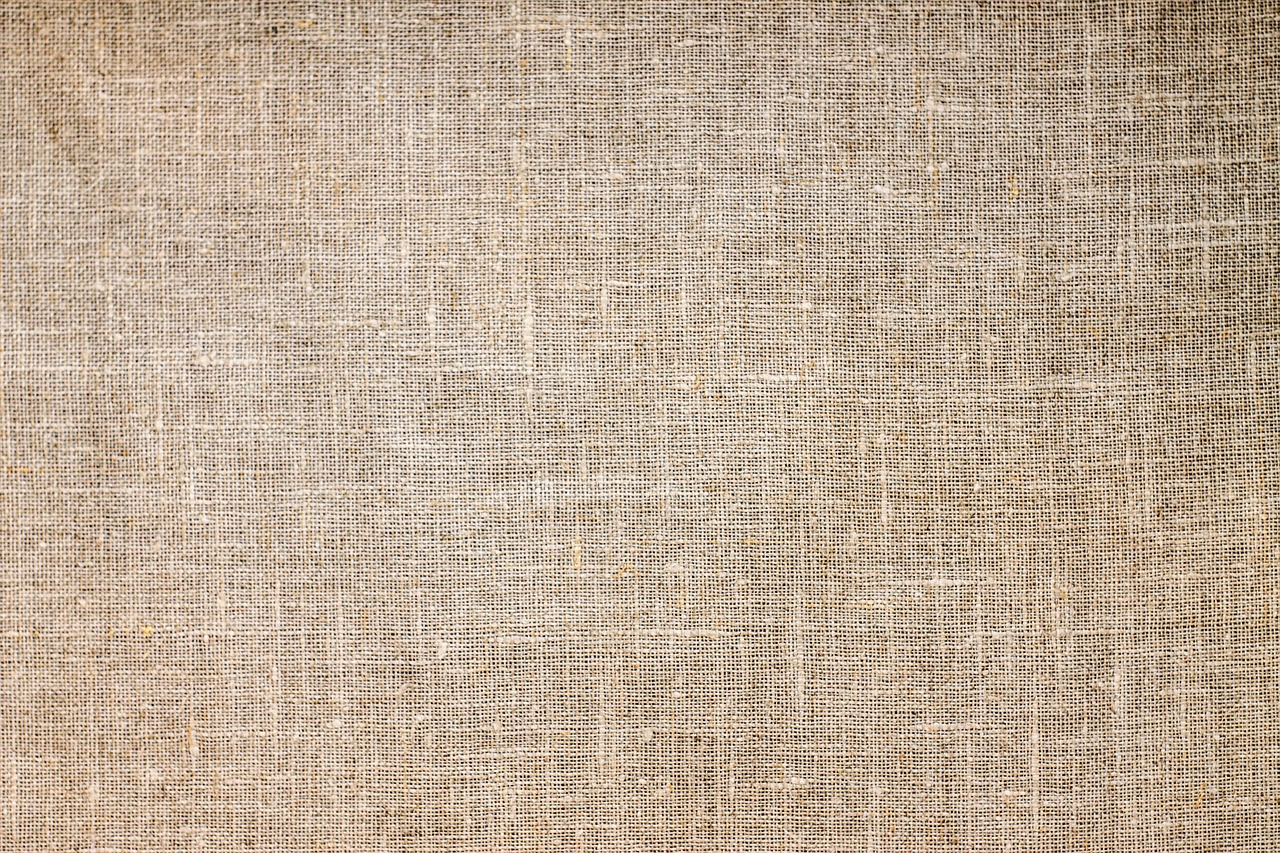As we continue to recognise the importance of sustainability, we come to understand that the realm of home decor is no exception. Sustainable home textiles play a significant role in creating an eco-friendly living space that not only enhances the aesthetic appeal of your home, but also allows you to double down on your commitment to environmental responsibility. Understanding the different eco-friendly materials on the market and why they matter can empower you to make conscious choices that benefit both the planet and personal well-being!
What are Sustainable Textiles?
Sustainable textiles are types of fabrics or material that have been produced using environmentally friendly practices and materials, with minimal impact on the planet and its resources. This list includes textiles made from organic fibres, recycled materials, or renewable resources that are grown and processed using eco-friendly methods. The manufacturing of sustainable textiles prioritises ethical labour practices, waste reduction, and resource conservation to create products that are environmentally responsible from start to finish. Sustainable textiles should also be durable (so they last a long time, reducing the need to add to landfill) and biodegradable, so when they are at the end of their life, they’re not lingering for thousands of years. All of this means you can be really proud of the textiles within your home, and rest assured that they’re not damaging the environment!
Finally, be sure to look out for eco-certifications. These can include OEKO-TEX, which ensures that responsible decisions have been made during the sourcing and production of the fabric, especially with regards to chemicals. You can also look out for GOTS, which tends to refer to the use of organic materials and fair labour. There are a few others to keep in mind when shopping for sustainable fabrics: FSC certifications as well as GRS.
What are the Benefits of Eco-Friendly Textiles?
Choosing to go for eco-conscious textiles in your home is something that comes with a whole host of benefits – which definitely extend beyond aesthetics. Sustainable textiles are usually free from harmful chemicals and toxins, making them safer for both you, your skin, and the environment. They are also durable and high-quality, ensuring longevity and reducing the need for frequent replacement. Not only is this great for the planet but it allows you to save money in the long term! And of course, eco-friendly textiles contribute to the reduction of carbon footprint and support ethical practices in the textile industry. They also tend to use less water, create less pollution, and contribute to the conservation of biodiversity.
Types of Sustainable Home Textiles
There is a wide range of sustainable home textiles available to cater to all of your different preferences and needs. But what are you *actually* wanting to keep an eye out for? Let’s have a look…
Organic Cotton
Cotton is a huge player in the textile industry, and organic cotton is a great sustainable option. It is sourced from non-genetically modified plants, grown without the use of pesticides or toxic fertiliser. This makes it much safer for the environment! Organic cotton is typically softer and more durable than its non-organic counterpart, and better for your skin.
Hemp
As a fabric, hemp is sourced from the stems of the Cannabis sativa plant, a low-impact crop – it’s breathable and moisture-wicking, very durable and long-lasting, and entirely biodegradable.
Linen
Linen fabric is made from flax plants – this is another plant that doesn’t require fertilisers or pesticides in order to grow quickly. The resulting textile is strong and durable, as well as really fashionable!
Bamboo
Another incredibly eco-friendly fabric, bamboo is fast becoming a firm favourite in the industry as well as in homes across the globe. The plant grows super fast, requiring around 30% less water than cotton does, without the need for chemicals of any kind. The production process is kind to the environment, and the end product is wonderful. Panda London’s Cloud Duvet, for example, is breathable and moisture-wicking, incredibly soft, and eco-friendly from the forest to your front door.
From organic cotton bedding and bamboo towels to linen curtains and hemp upholstery, there are numerous options to suit every room in your home. Look out for those eco-certifications, too!
Choosing the Right Eco-Friendly Textiles for Your Home
When selecting eco-friendly textiles for your home, consider factors such as material quality, production processes, and ethical sourcing. Let’s take a walk through the home and look at where you can (and should) be incorporating sustainable fabrics.
Bedroom
We spend a huge chunk of our time sleeping, which is why the bedroom is such a key room within the house. There are plenty of opportunities here to choose more sustainable textile options: go for soft and breathable bamboo bedding, and look into classy hemp rugs. There’s no need to compromise on style and aesthetics, as both of these textiles look fantastic.
Living room
Think about your choice of fabric when it comes to the living room, too. From the upholstery of your sofa to the cushions, blankets and curtains, there tends to be a lot of soft furnishings in this room! You can find stylish and sustainable options which will make your space look great.
Bathroom
The bathroom can often be overlooked, but it’s yet another space that has the potential to play host to a variety of sustainable textiles. Eco-friendly bamboo towels and bath mats, for example, are brilliantly hygienic and quick drying, making them the perfect finishing touch for your space!
Be sure to shop with brands who are transparent in their commitment to sustainability and talk openly about the effort they’re making to ensure their impact on the planet is minimal. Look at recycling any packaging your purchases arrive in, and again keep an eye out for the certifications mentioned above.
Caring for Your Sustainable Textiles
Proper care and maintenance are essential for prolonging the lifespan of your sustainable textiles. Be sure to follow any and all care instructions provided by manufacturers to ensure that your products remain in perfect condition – pay particular attention to how often they should be washed, and what to wash them in. Typically, sustainable fabrics should be cleaned with natural and eco-friendly solutions: look at making your own, with white vinegar and/or baking soda. Avoid tumble drying these natural materials, and instead opt for drying outside on the line where possible. When not in use, ensure they’re stored properly somewhere clean, dry and cool. This will help prevent mould and mildew!
Overcoming Challenges in Transitioning to Sustainable Textiles
Transitioning to sustainable home textiles may pose some minor challenges, especially if you’ve always purchased more conventional options. You might think they’re too expensive, or not as readily available – but remember these are worthwhile investments that will last you a long time, and they’re not hard to come by if you know where to look! Educate yourself on the benefits of sustainable textiles and how they contribute to a healthier home environment and planet, then go forth and explore local or online retailers who specialise in eco-friendly home decor to expand your choices.
Start by gradually replacing one textile item at a time, such as bedding or towels, with eco-friendly alternatives. This will allow you to find fabrics that you truly enjoy the feel of, and pieces that really work in your home.
Choosing Sustainable Home Textiles
Opting for more eco-friendly fabric pieces around your home is a meaningful step towards creating a sustainable living space that aligns with your values and promotes a healthier planet. By understanding the importance of eco-friendly textiles, you can make informed decisions that benefit both the environment and your own personal well-being.
Start small by integrating sustainable textiles into your home decor and gradually expand your eco-conscious choices. The long-term benefits of sustainable home textiles not only mean a beautiful house, but a healthier planet for future generations. And that’s something you can be proud of!



